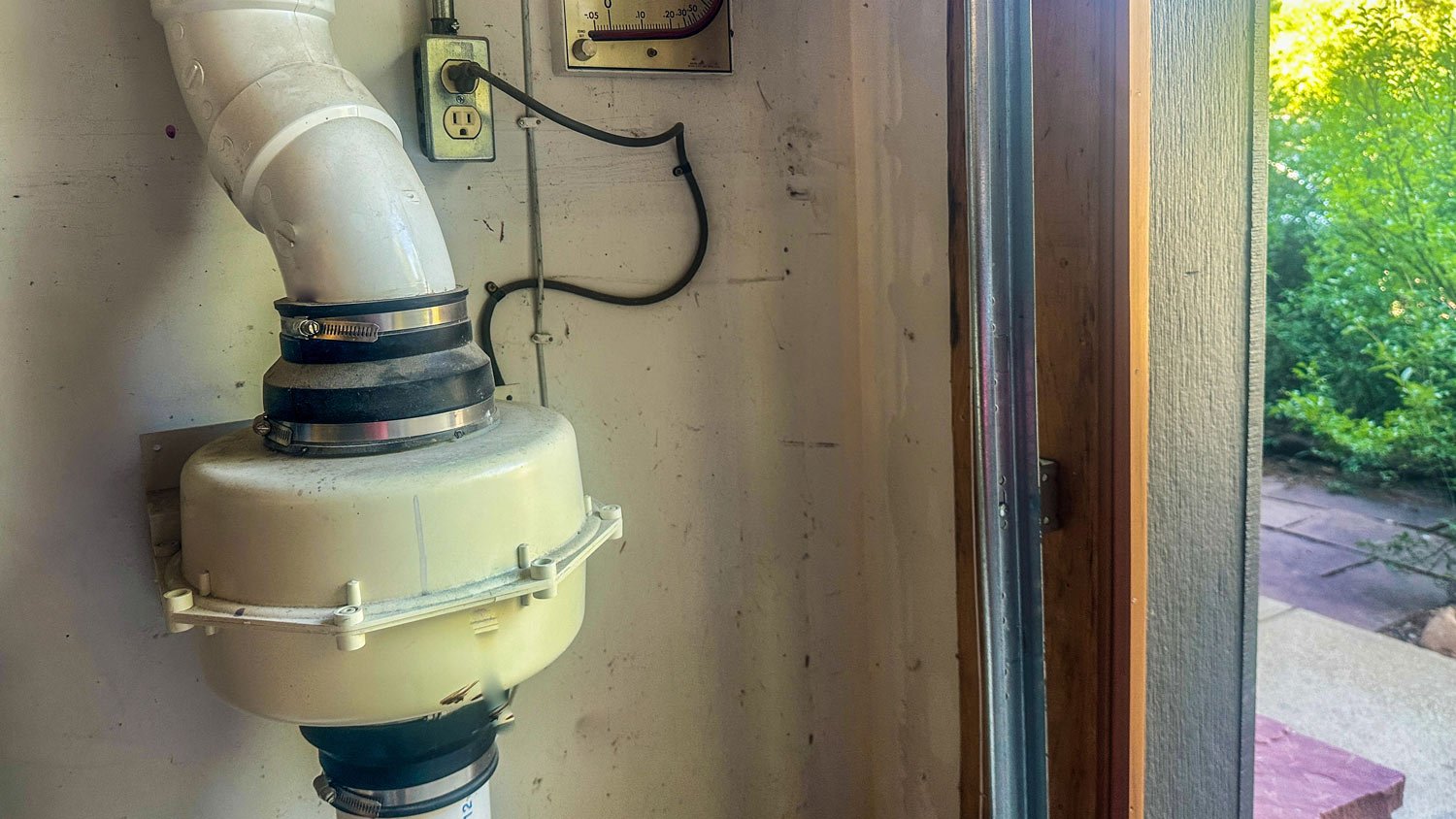How Long Does a Radon Fan Last?
Extending the life of your radon fan is possible with the right precautions


Being a homeowner can get pretty expensive—especially when it comes to maintaining vital features like radon fans. So, how long does a radon fan last? You can expect a radon fan to last five to 10 years with proper installation and maintenance. Learn more about the longevity of radon fans and how to get the most out of yours.
How Long Does a Radon Fan Last?
A radon fan is a key component of a radon mitigation system that helps get rid of radon in your home. These fans last five to 10 years, but the longevity of this fan type depends on factors such as the fan's quality, how often it runs, and proper maintenance. High-quality fans and those used intermittently may last longer, while continuous operation or poor installation can shorten their life span. Regularly checking for unusual noise or reduced airflow can help identify when the fan needs replacement.
Factors Influencing How Long Radon Fans Lasts
As noted earlier, a few factors can influence how many years you get out of a radon fan.
Quality
Higher-quality radon fans are built with durable materials and components, making them more reliable and longer-lasting.
Installation
Proper installation minimizes strain on the fan, preventing premature failure caused by poor setup or alignment issues.
Usage
Understandably, fans that run continuously experience more wear and tear, which can reduce their life span compared to those operating intermittently.
Maintenance
Regular cleaning and inspections make it easier to identify and resolve potential issues before they cause the fan to break.
Environmental Factors
Extremely high or low temperatures, moisture, or exposure to harsh elements can affect the fan's performance and durability.

Signs It’s Time to Replace a Radon Fan

If you aren’t sure if you need to replace your radon fan, keep an eye out for these signs that it’s time for a new one:
Unusual noises: Grinding, rattling, or humming sounds may indicate motor or internal wear.
Reduced airflow: A noticeable decrease in airflow suggests the fan is losing efficiency.
Frequent tripping of breakers: Circuit overloads or electrical issues often point to a failing motor.
Visible damage: Cracks, rust, or water damage on the fan housing can compromise performance.
System alerts: Elevated radon levels or error messages on monitoring systems signal issues.
Test for radon. You can test for radon in your home. If you are unsure if you need to replace a radon fan, hire a radon testing professional near you to come and check out your fan.
Troubleshooting Tips for Radon Fans
To avoid retiring a radon fan before it’s necessary, follow these steps to troubleshoot basic issues first:
Check the power supply: Ensure the fan is plugged in and the circuit breaker hasn’t tripped.
Inspect the fan’s connections: Look for loose wires or poor seals around the fan housing.
Monitor airflow: If airflow seems low, check for blockages in the vent pipes or fan.
Listen for unusual sounds: Grinding or rattling may indicate a failing motor, requiring replacement.
Warranties for Radon Fans
Before you buy a new radon fan, it’s always a good idea to see if you have a warranty on hand that can help you out. Radon fans often come with warranties ranging from one to five years that cover manufacturing defects or premature failure.
To navigate your warranty, locate the original purchase receipt and confirm the fan's serial number. Contact the manufacturer or installer for claim instructions. Ensure you’ve adhered to maintenance requirements, as neglect may void the warranty. Having a warranty is worth it, as it provides peace of mind and can save money on replacements or repairs.
When purchasing a fan, prioritize models with longer warranties and reputable customer support for added reliability and protection.
Repairing vs. Replacing Radon Fans
When deciding between repairing or replacing a radon fan, consider the fan’s age, warranty status, and repair costs. If the fan is under warranty, repair is more economical. However, fans older than five to 10 years or with motor failures often require replacement. Minor issues like loose connections or blockages can be repaired inexpensively.
If you know you will need to replace a full radon mitigation system one day, that is an expense worth budgeting for. A radon mitigation system lasts 10 to 20 years, depending on maintenance and component quality. The average radon mitigation system costs $1,030 to install, with prices ranging from $785 to $1,275 depending on home size and age. If repair costs approach a significant portion of replacement, investing in a new fan is the way to go.
Frequently Asked Questions
The cost to replace a radon fan ranges from $300 to $600 for the fan itself, with installation adding an additional $200 to $500. Overall, the total cost for replacement can range from $500 to $1,100, depending on factors such as the fan model, home size, and local labor rates. If the fan is part of a larger radon mitigation system, the price may be higher.
If you need to dispose of a radon fan, you should consult your local waste management facility for specific disposal guidelines. In many communities, there are specific electronic waste and hazardous material disposal requirements you must meet. Or you can work with a certified hazardous waste disposal service to handle the disposal safely.















